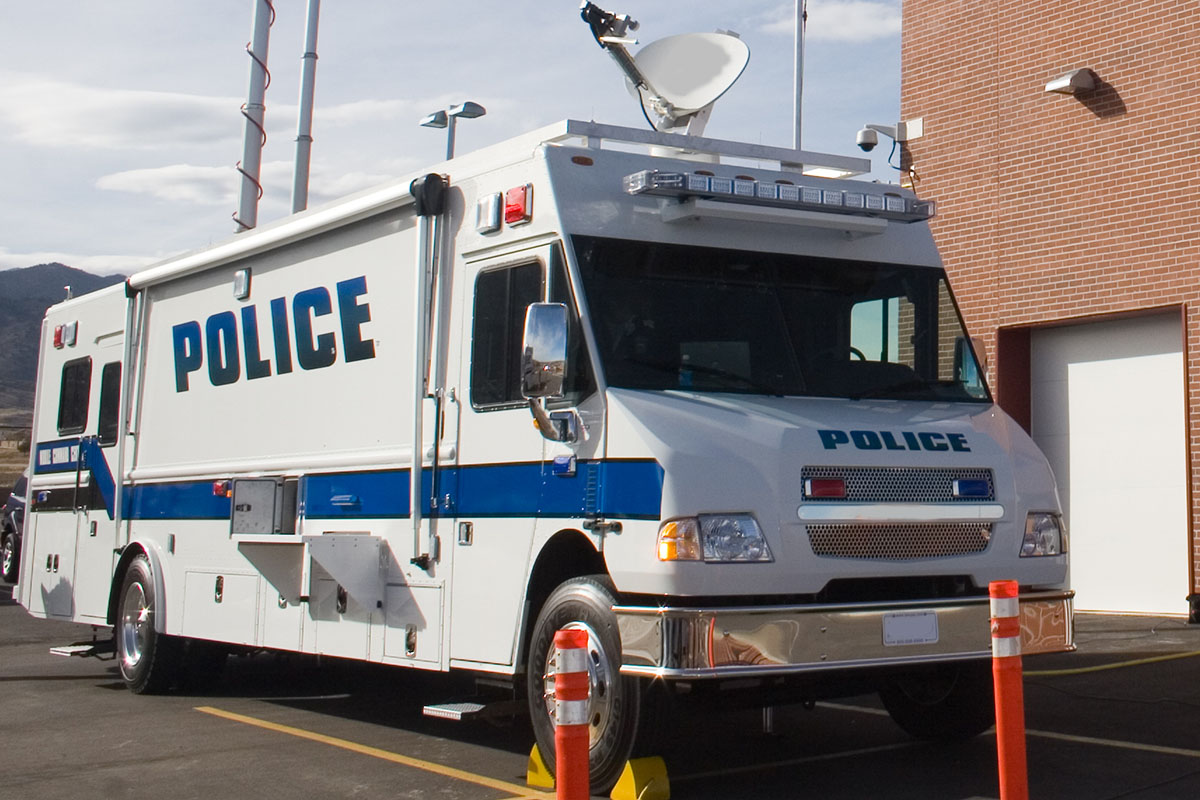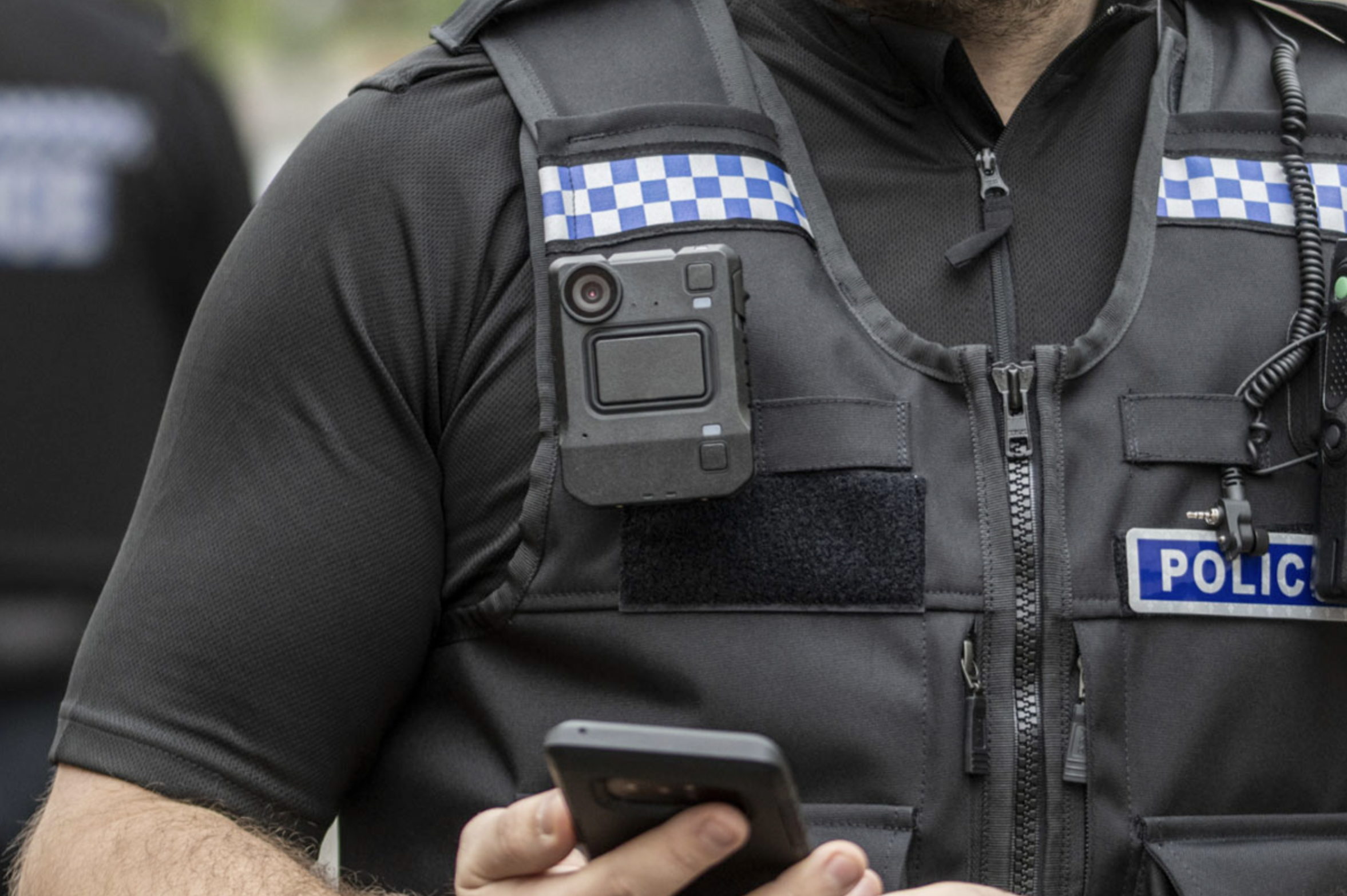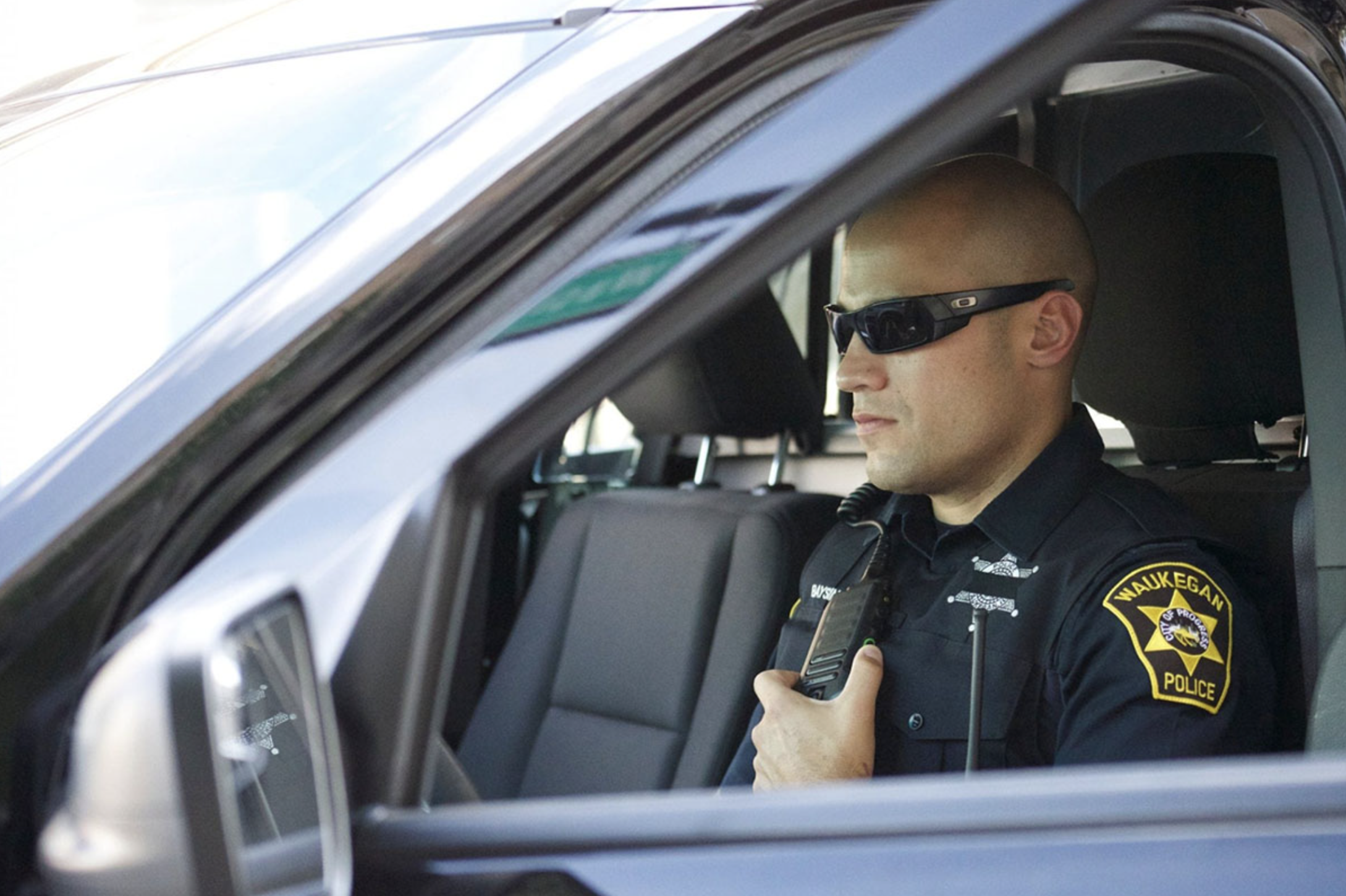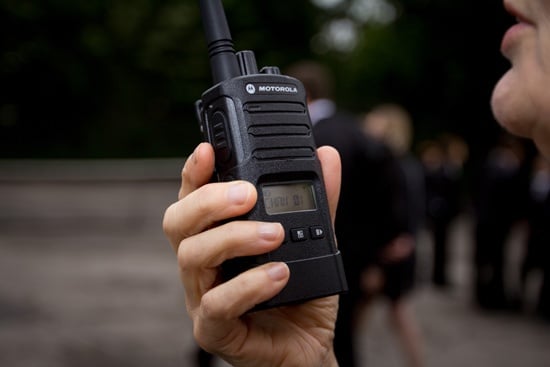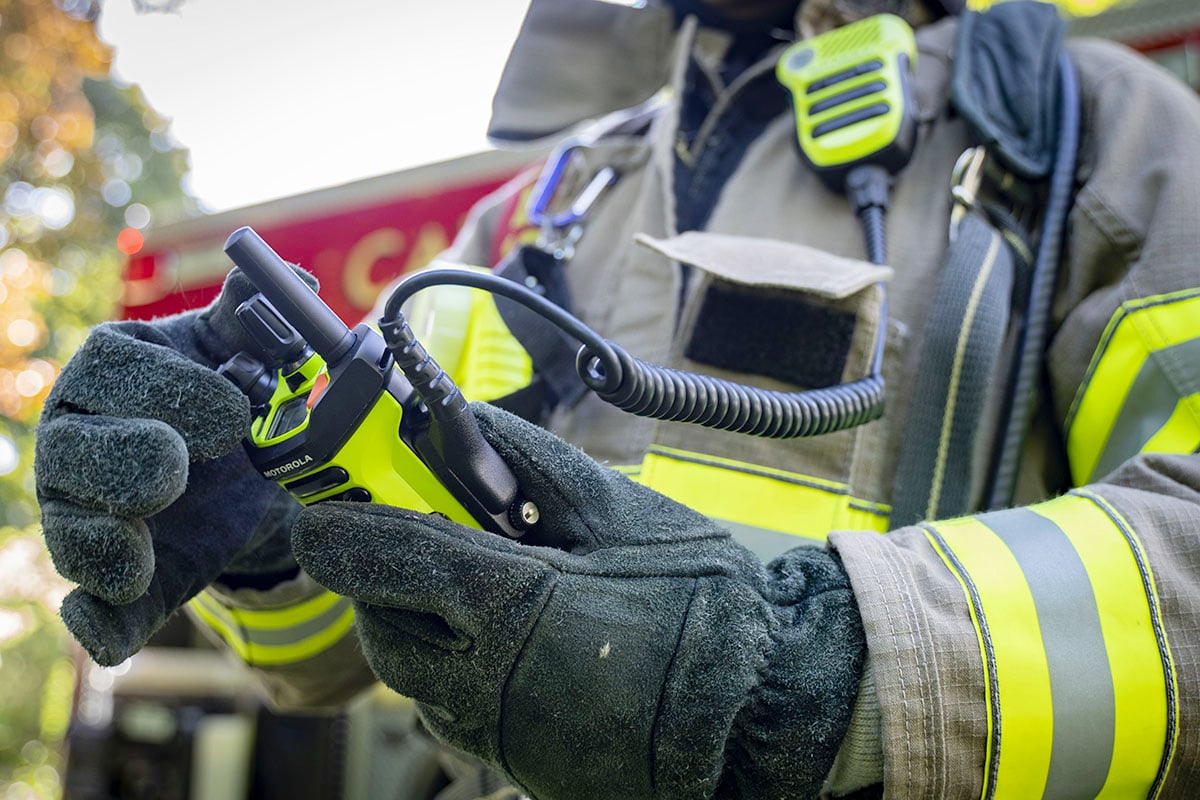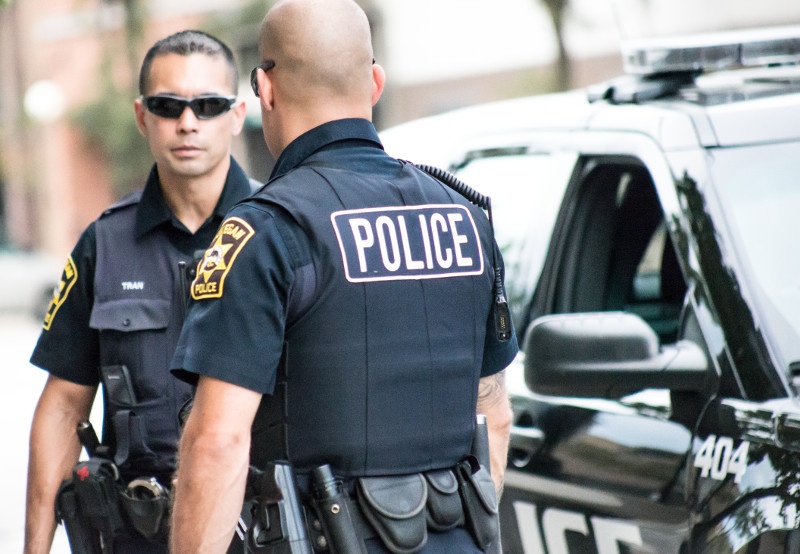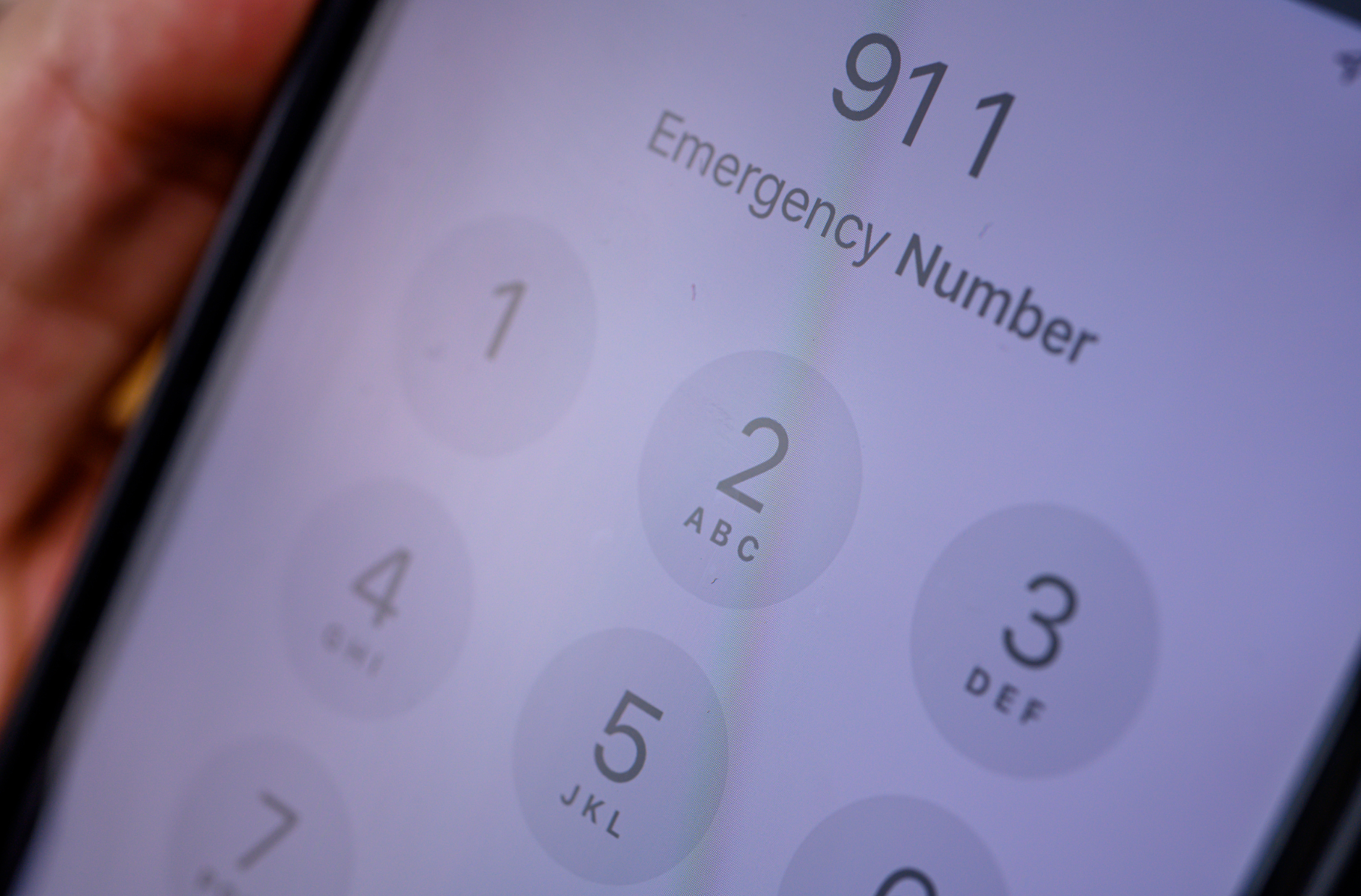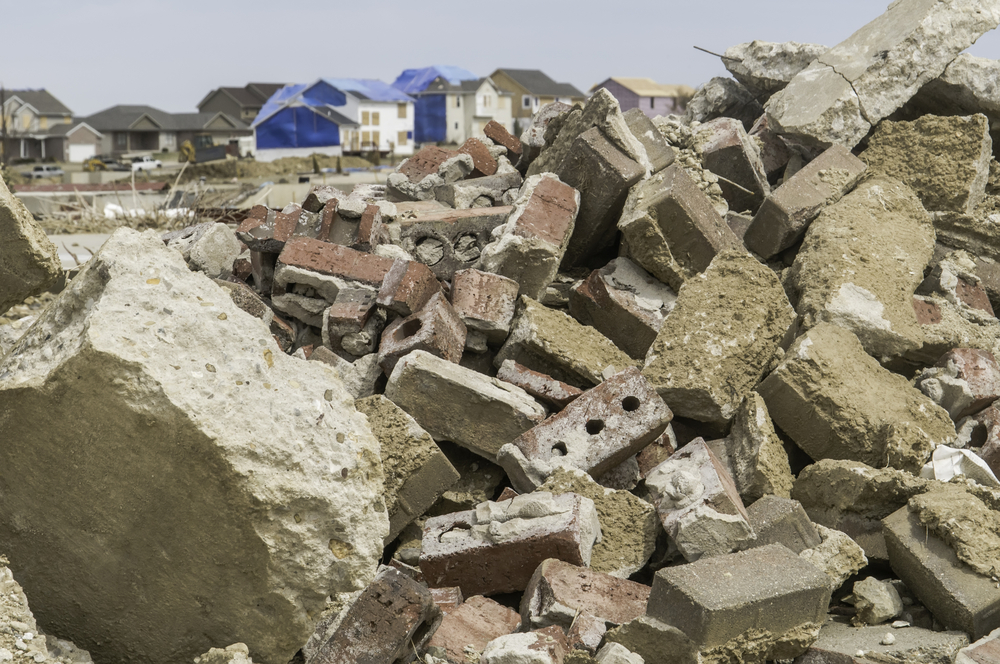The case for investing in a mobile command center (MCC) for police departments and other public safety agencies is strong – they’re easily customizable, can be as high-tech as you need them to be, and they’re appropriate for a wide variety of use cases.
With the proper mobile command center, police officers and first responders have the ability to host all of their necessary functions in a single area, all while being able to move throughout their community as needed.
As public safety technology and 911 Communications continue to evolve, the benefits for investing in a mobile command center are as compelling as ever.

